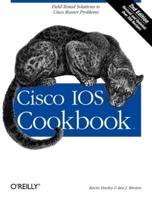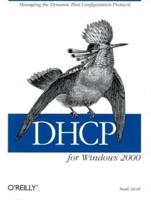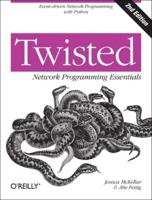Publisher's Synopsis
The Internet of Things (IoT) connects billions of devices, enabling them to communicate, process data, and deliver real-time solutions across industries. IoT architectures provide the foundational framework for designing, implementing, and managing these systems. These architectures typically include layers such as perception, network, processing, and application, each addressing a specific aspect of IoT functionality. By standardizing the interaction between devices, gateways, and cloud platforms, IoT architectures ensure seamless integration and scalability. Protocols play a crucial role in facilitating communication between IoT devices. From lightweight messaging protocols like MQTT and CoAP to secure communication standards such as HTTPS and DTLS, each protocol is designed to meet specific requirements like low latency, minimal bandwidth, and robust security. Understanding these protocols and their interoperability is essential for building efficient IoT ecosystems. By adopting the right combination of architectures and protocols, developers can ensure reliable data transmission, enhance system scalability, and drive innovation in IoT applications.









